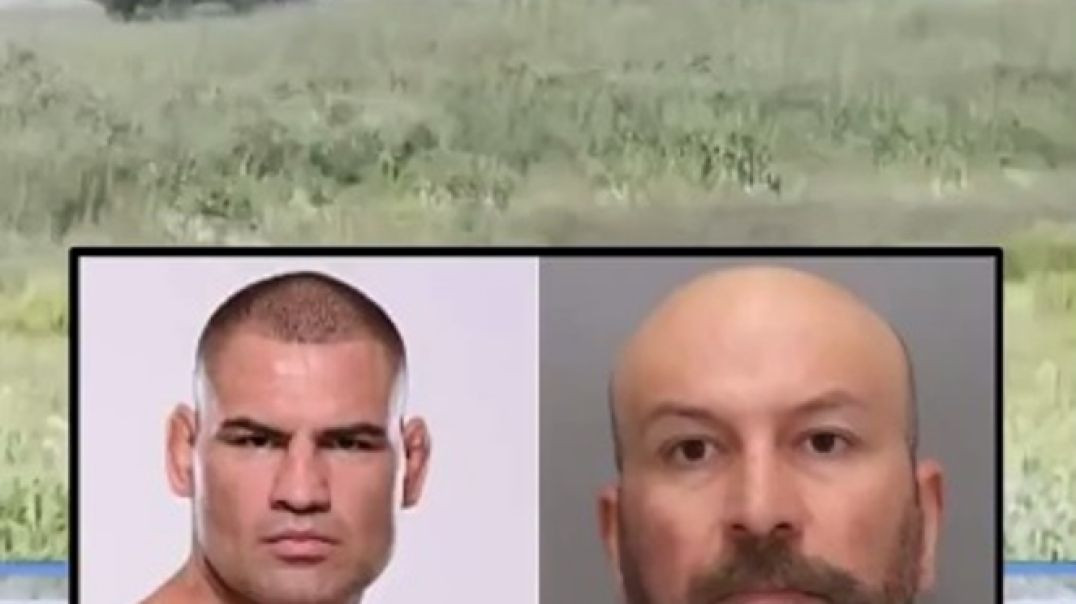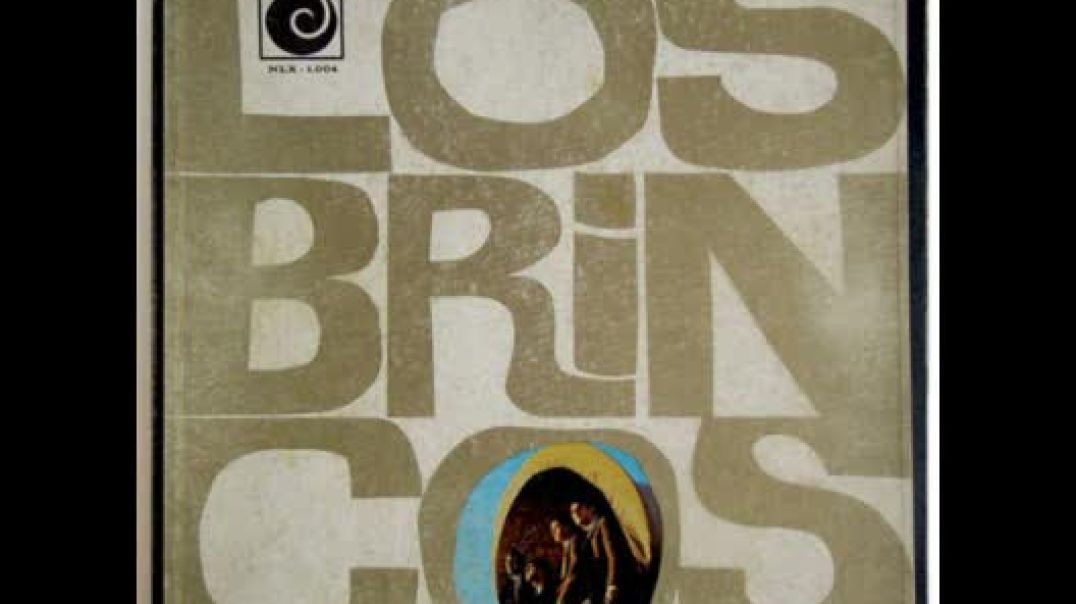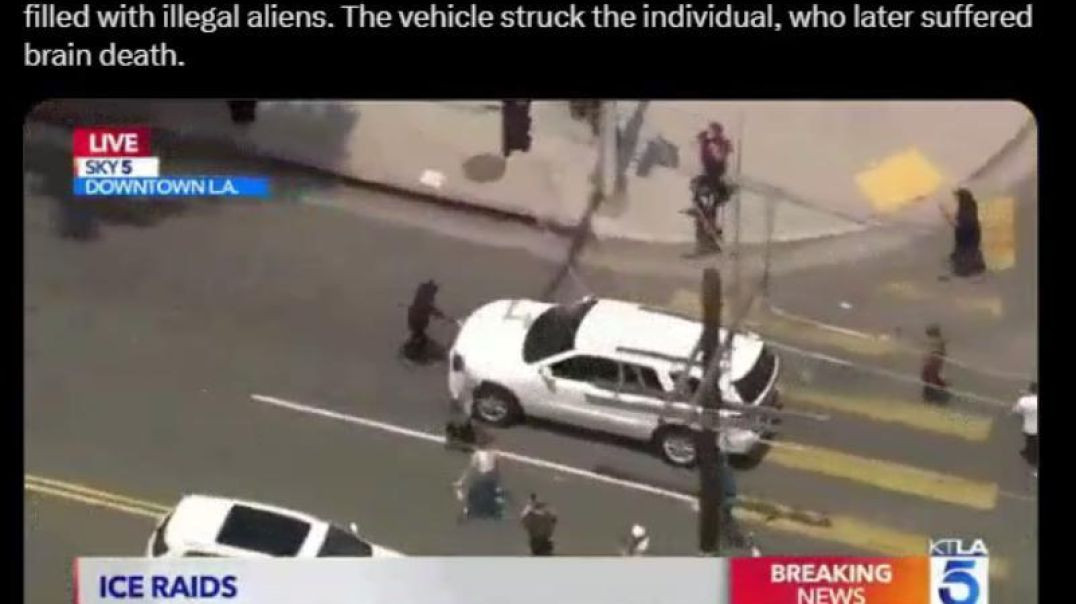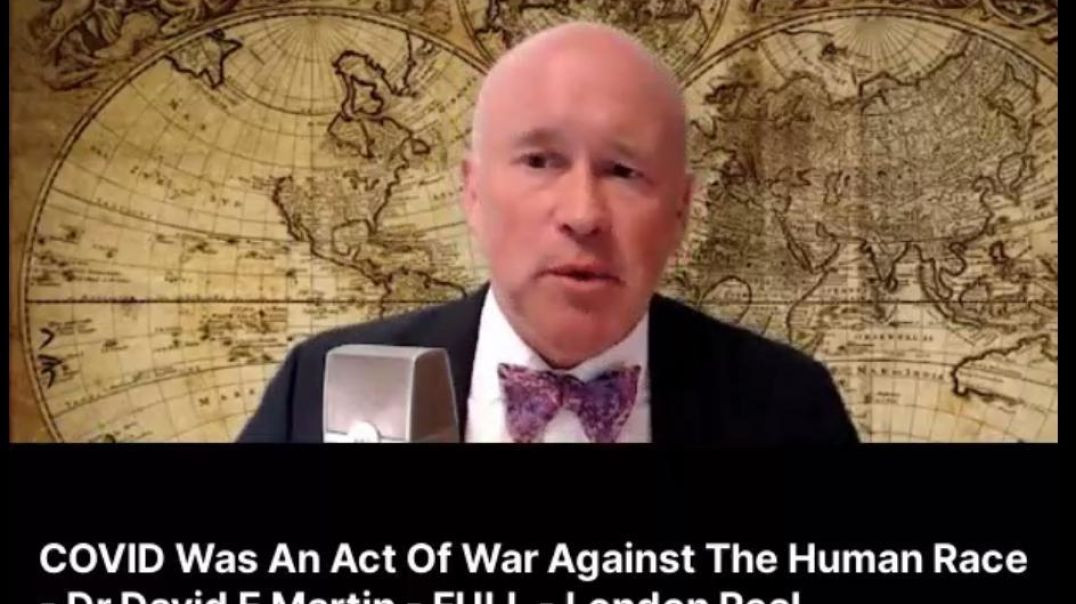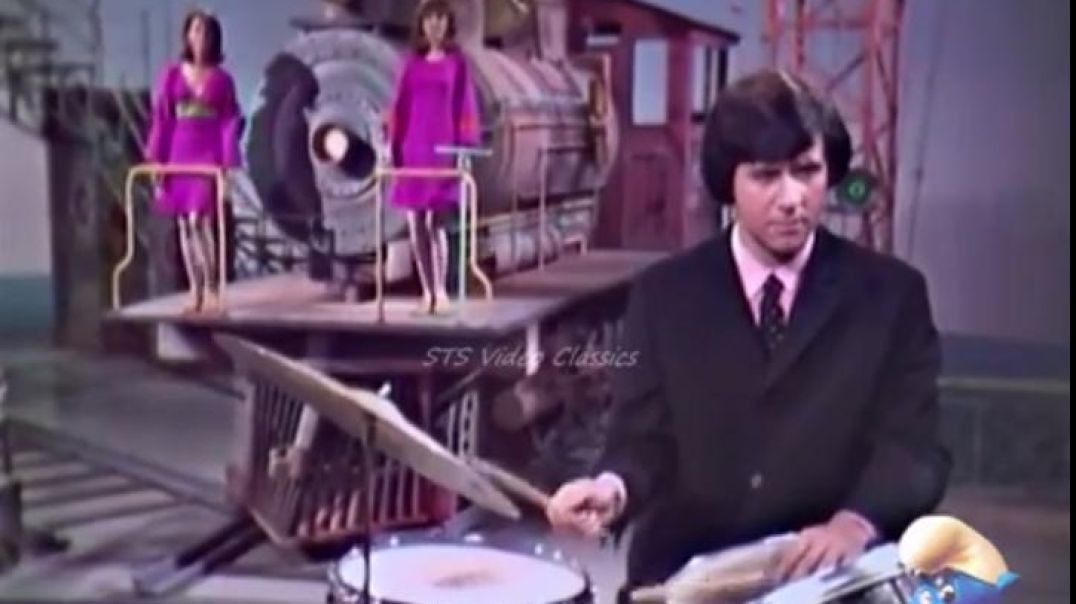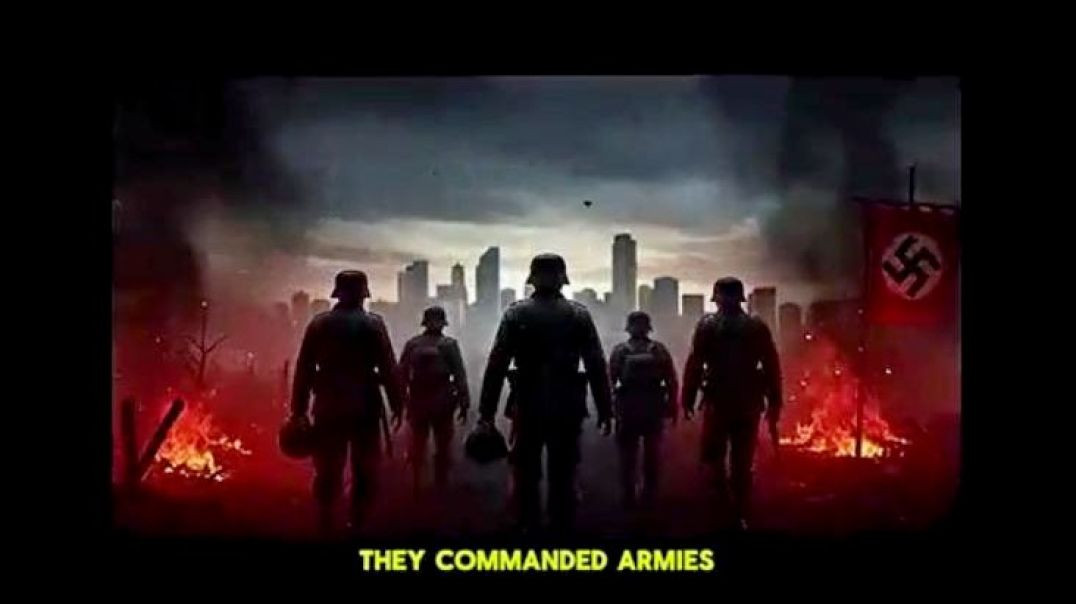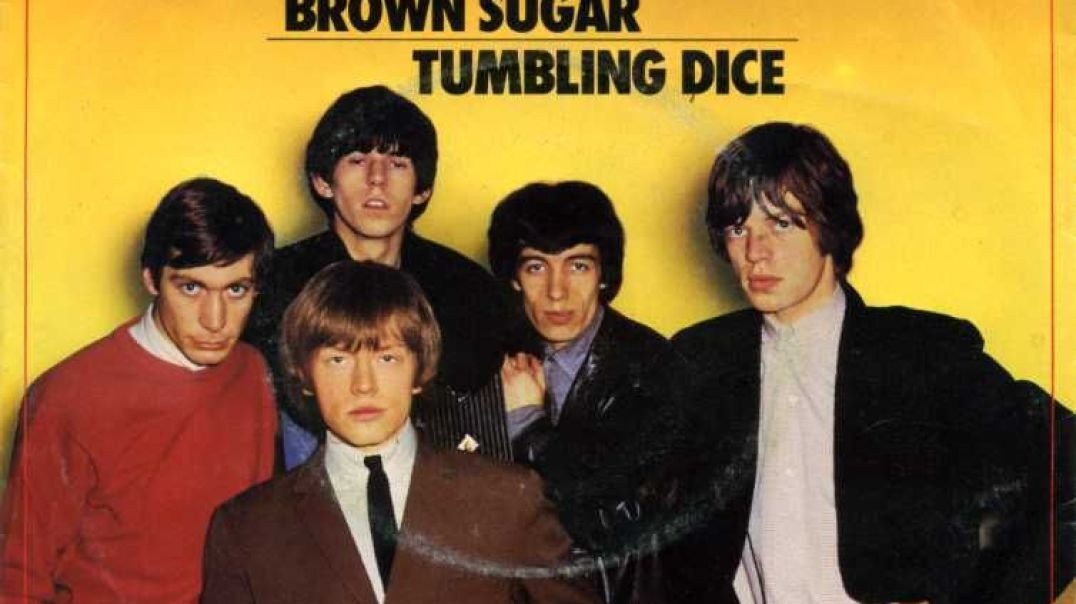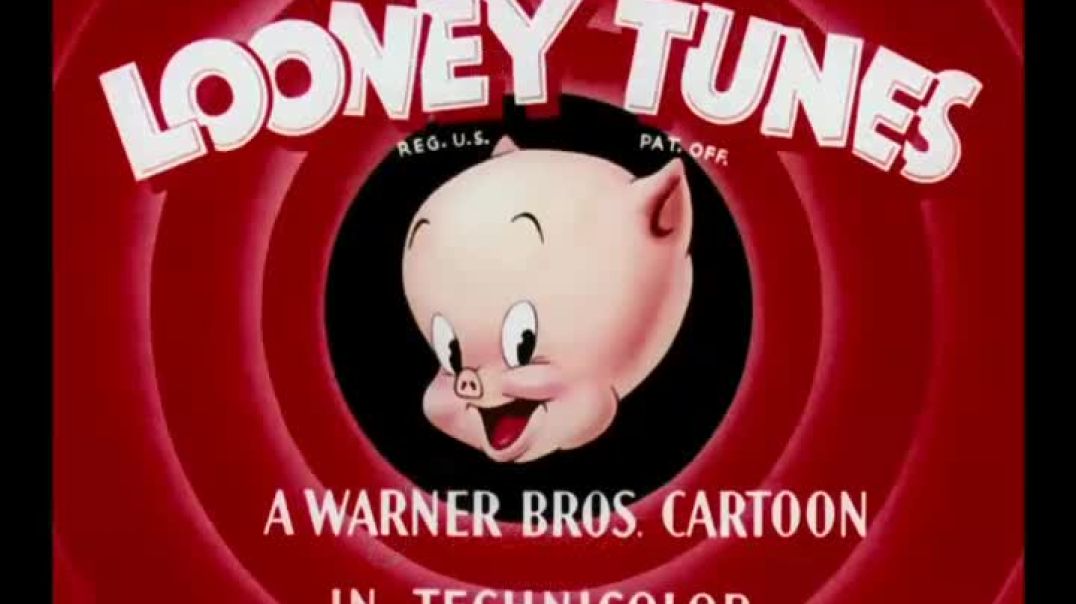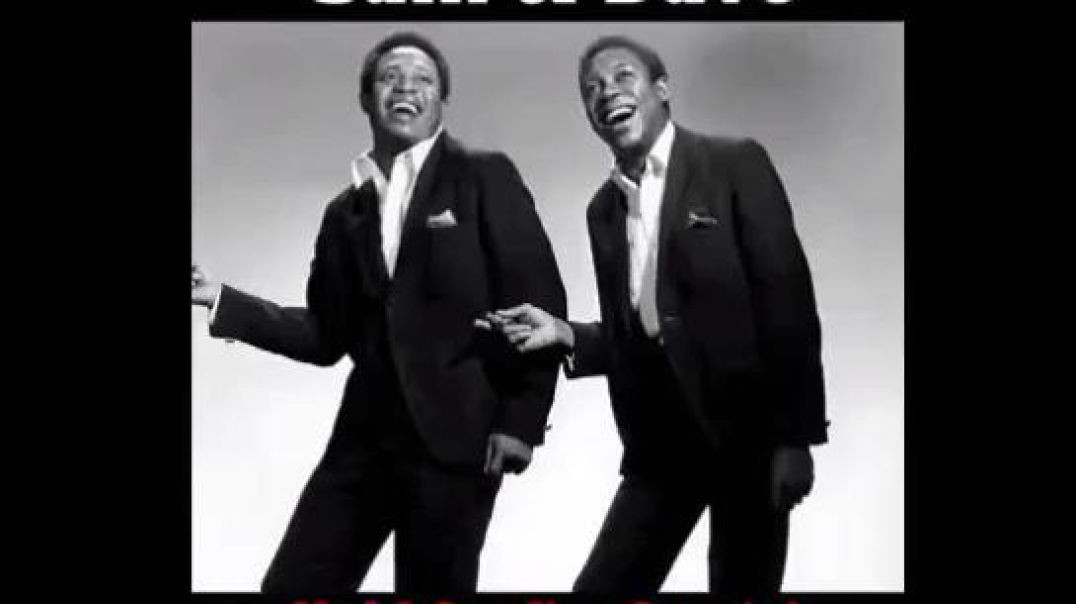En iyi videolar
Israel Stirs up Anti Semitism in Australia, With Their Paid for Anti Semitic Attacks by Israel Funde
Israel Stirs up Anti Semitism in Australia, With Their Paid for Anti Semitic Attacks by Israel Funded Agitators, With the Same Pattern as Globally Where They Bomb or Light Fires in Jewish Synagogues
So Israel stirs up anti semitism in Australia, with their paid for anti semitic attacks by Israel funded agitators, with the same pattern as Globally where they bomb or light fires in Jewish synagogues, ( think Toronto Synagogue , where Jewish were caught doing it),to force racist unjust laws upon Australians, which are nothing but censorship and anti free speech laws to silence 99.6% of Australians. Designed to supposedly protect 0.4% Australians being the Jewish, who the only protection they need is against the dangerous Israeli regime manipulating events to achieve their dodgy political objectives.
And they are designed to stop legitimate criticism of a certain geno.. and modern day ho… in Gaza, but continue to brainwash dumbed down Australians about a fabricated and exaggerated, invented one from 80 years ago to deflect and deny real holocausts they did where in one alone they murdered 30-60 million Christians.
This is how the took over Russia in the Boshelvelik Revolution by the way.
Is history repeating itself because we don’t know history ?
Why don’t we have laws to protect 99.4% of Australians against the radicalisation of everyday people to cheer on the death cult of Israel, with their tv networks including even on the right with SkyJews ,as they murder their way around the Middle East,nation after nation, using their proxy terror armies in ISIS, Hamas and Al Queda?
You do realise they plan to unleash their Islamic terror groups in the west,including Australia eventually, bringing terror to your door, and such violence Gazan’s and the Middle East suffer daily from this death cult, so you beg for it to stop, and then beg for their planned One World Government to be run out of Jerusalem, as they’ll blame nationalist Governments and leaders, and nationalism as the problem.Thus a One World Government is surely the solution ( which we’ll run and control).
Why do you think your country has been flooded by excess immigrants, who do you think has been doing this behind Australia’s back, to plant the seeds of disunity, to divide to conquer, to overcrowd , to ramp up inflation to a coming economic crash, and to stir up hatred and civil tensions.
Israel doesn’t give a f.. about local Jewish populations either:
They’ll commit attacks against Jewish, make the local Jewish feel unsafe to help achieve Israel’s political objectives.Just look how badly they treat the Jewish in Israel that speak up about the Israel regime.
In the Federal Election in Australia in May ensure you vote for Israel right - be a good little slave and supporter of the death cult.
Labour - Israel
Liberal - Israel
Greens - Israel
One Nation - Israel
Smaller parties are already mostly infiltrated by Israel
Senator Rennick - a vote for Australians not Israel.
Choose who you vote for wisely.
http://Anr.news
We stand for Australians to be led by Australians for Australia. Fake news media is owned by your enemy . They will lie and deceive you.
As we think having a death cult as our overlords,ruled by fake Jewish imposters, better known as the wanker banker family ,that starts with an R,who founded Israel in 1948, with a group of known terrorist groups, by terrorising Palestine, is possibly not a good idea, nor are they Gods Chosen one’s,( when we bothered to fact check), nor is it biblical Israel, but a manufactured satanic fraudulent nation created by imposters.
Stand up Australia, wake up in time, or become goyim, ruled by a bunch of cowardly wankers. And the Jewish Australians need to unite against your wannabe overlords to.
Source: https://x.com/jamiemcintyre21/....status/1900719613207
After Trump Derangement Syndrome Now We Have Musk Derangement Syndrome Which Should Stop — White Hou
After Trump Derangement Syndrome Now We Have Musk Derangement Syndrome Which Should Stop — White House
Source: https://t.me/AussieCossack/34241
Former UFC fighter Cain Velásquez sentenced to 5 years in prison for hunting down & firing at a man who allegedly molested his 4-year-old son at daycare.
In 2022, Velásquez got in a high-speed, 11-mile chase with accused pedo Harry Goularte Jr. after finding out about the allegations.
According to reports, Velásquez rammed his car into Goularte's vehicle before pulling out his gun and firing at Goularte.
The ex-UFC fighter missed and hit Goularte's stepfather instead.
"Velasquez began shooting at the victims at a Morgan Hill intersection. As they tried to flee, he rammed their vehicle and fired more rounds at them," the Santa Clara, California District Attorney's Office said.
The DA's office requested 30 years to life. Velasquez was sentenced to five years, already serving 3 of them.
Meamwhile, Goularte Jr. is set to go to trial soon for molesting Velásquez's son.
Source: https://t.me/AussieCossack/34563
Australian mercenary Casey Gadeleta who lost his leg to a land mine in Russia's Kursk region has just returned to Australia.
He plans to get a prosthetic leg fitted so he can return to fight in Ukraine.
To the delight of the Ukrainian Ambassador Myroshnychenko Casey Gadeleta took to 7 NEWS to incite other Australian men to go overseas and die for Zelensky.
Source: https://t.me/AussieCossack/34781
Netanyahu Commends Trump For Imprisoning and Deporting Israel Protestors, Discussing How Other Weste
Netanyahu commends Trump for imprisoning and deporting Israel protestors, discussing how other western governments can be compelled to do the same.
Trump’s former United States Ambassador to Israel David Friedman says other people like Tucker Carlson and Candace Owens can also be dealt with:
“We can deport them, we can put them in jail, we can make their lives miserable, we can cut off their funding, and that’s what the Trump administration is doing for the first time.”
Source: https://t.me/zeeemedia/20227
Is Albanese a Communist and a serious threat to Australia if re elected ?
ADL Defends Notorious Pedophile on Twitter Leo Frank Guilty of Raping and Murdering 13 Year Old Girl
It is our grave obligation to embark upon a scholarly exposition concerning the genesis of the passionately zealous Anti Defamation League. Anna Perez, the eminent presenter of Wrongthink and Wake Up America, shall partake in a sagacious colloquy with Stew to elucidate the intricacies of the ADL and to expound upon how the communal elucidations on X have rectified the chronicle pertaining to the notorious miscreant and malefactor, Leo Frank.
Leo Frank was adjudged culpable of perpetrating the heinous deeds of ravishment and slaughter upon the youthful Mary Phagan, a tender maiden of merely thirteen summers. Frank, in concert with his juridical advocates, endeavored to impute the ghastly transgression to an unlettered custodian of African lineage. Nonetheless, the grand jury, encompassing persons of the Judaic persuasion, formally indicted Leo Frank for the homicide. Thereupon, he was rightfully condemned within the hallowed precincts of a tribunal.
Subsequently, the Governor of Georgia, in an act of clemency, transmuted his capital punishment into a sentence of lifelong incarceration. This resolution so incensed a faction of Georgia’s citizenry that they forcibly invaded his place of confinement, extricated him thence, and proceeded to suspend him from a timber gibbet as requital for his iniquities.
The fate that befell Leo Frank ought to serve as a paradigm of the condign chastisement for those who prey upon the guileless youth of our commonwealth. Such malefactors should encounter the utmost sanction, and it is contended that the quintessential mission of the ADL hinges upon obfuscating the verity regarding a slayer. Beneath the specious mantle of "Pride," proponents of the political left labor to sanction amorous congress with minors and the abhorrent custom of pedophilia. The ADL, it is posited, is an accomplice in this nefarious stratagem, as evinced by their vindication of Leo Frank and their advocacy of a reimagined historical narrative.
Engage with this novel discourse forthwith at
https://StewPeters.com!
Safeguard our continued liberty and presence on the airwaves by patronizing the benefactors enumerated below! Fortify your pecuniary prospects and affluence, and procure up to $10,000 in complimentary silver by availing yourself of this link:
https://goldco.com/stew
OUR DAILY OLDIES: (INTERNATIONAL EDITION) BACK IN THE 60s, LOS BRINCOS (FROM SPAIN) WERE CALLED 'THE SPANIARD BEATLES'. IT WAS ONE OF THE MANY EUROPEAN GROUPS VERY POPULAR AROUND THE WORLD BUT NEVER PLAYED ON AMERICAN RADIO. BACK THEN, THEY ALL HAD THE 'BRITISH' STYLE BUT THE LANGUAGES WERE DIFFERENT. ENJOY IT!
Musk had publicly criticized the massive spending bill championed by Trump, known as the "One Big Beautiful Bill", claiming it undermines the mission of the Department of Government Efficiency (DOGE) and increases the federal deficit, directly contradicting his own mandate to reduce wasteful government spending.
His criticism reportedly strained his relationship with Trump, who nonetheless responded by publicly thanking Musk for his efforts at DOGE.
Elon’s 130-day mandate as a special government employee was set to expire around May 30. Although his term comes to an end, Musk reiterated that DOGE's effort to restructure & shrink the federal government will continue.
Source: https://t.me/LauraAbolichannel/72159
A PROTESTER TRIES TO STOP A GOVERNMENT VEHICLE CARRYING ARRESTED ILLEGALS WITH BARE HANDS AND DIED IN THE INTENT.
How dangerous is it for Australians to rely on Coles and Woolies for food supply in the event they were unban to restock shelves ?
THERE ARE MANY NARRATIVES ABOUT COVID, THE SO CALLED "PANDEMIC" AND THE VACCINES BUT THERE'S ONLY ONE TRUTH. Dr DAVID MARTIN TELL US THE TRUTH ABOUT COVID, STARTING IN 1965.
OUR DAILY OLDIES: (INTERNATIONAL EDITION) BRAZILIAN VERSION OF THE BEATLES' DAY TRIPPER.
JUST LOOK AROUND, THE NEW WORLD ORDER IS ALREADY HERE...
YESTERDAY I PUBLISHED A VIDEO ABOUT HOW HITLER ESCAPED TO ARGENTINA AND DIED OF OLD AGE AT 95. HE WAS NOT THE ONLY ONE. MANY NAZI OFFICERS AND SOLDIERS ALSO ESCAPED TO ARGENTINA AND OTHER COUNTRIES IN SOUTH AMERICA. WITH ONE OR TWO EXCEPTIONS, THEY ALL LIVED WITH NEW IDENTITIES AND DIED OF OLD AGE.
OUR DAILY OLDIES
CLASSIC CARTOONS
OUR DAILY OLDIES
CLASSIC CARTOONS
CLASSIC CARTOONS


